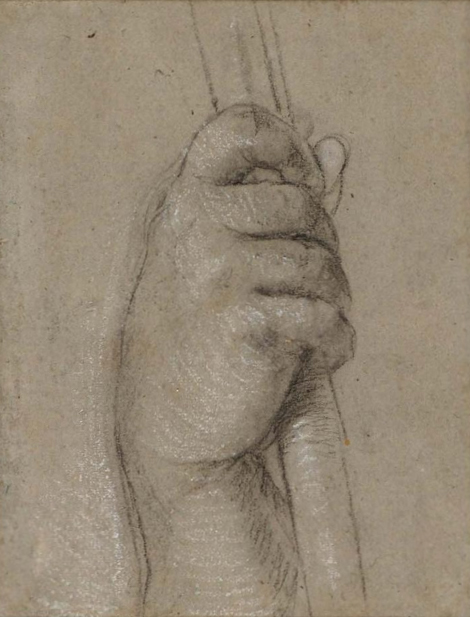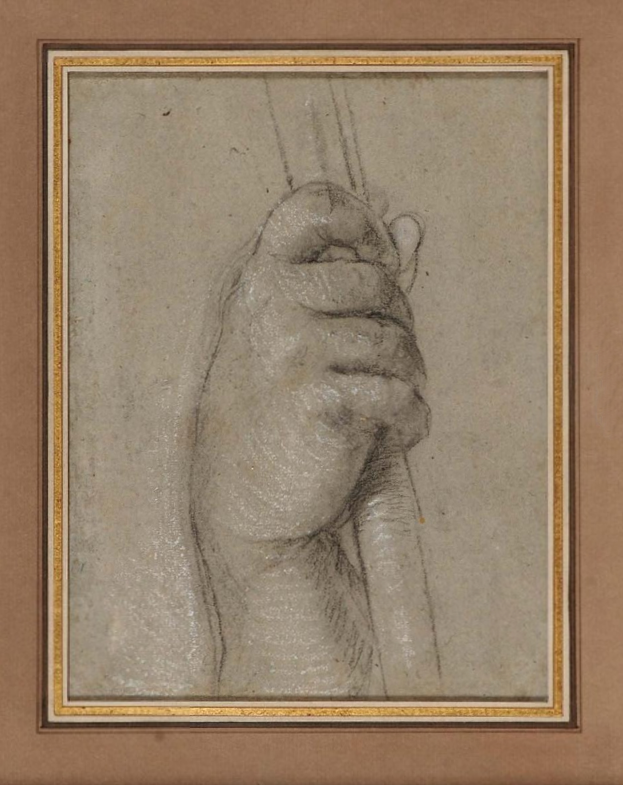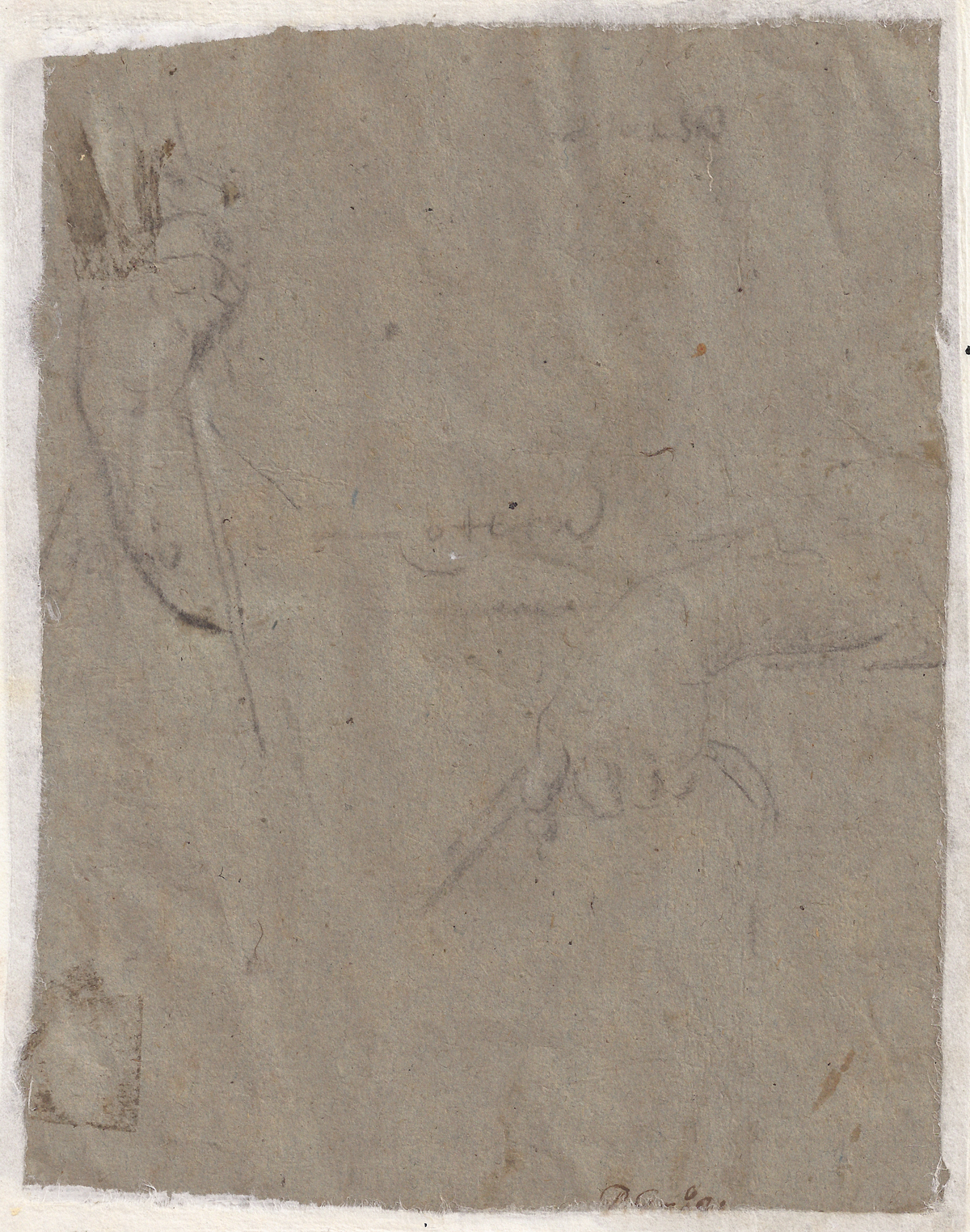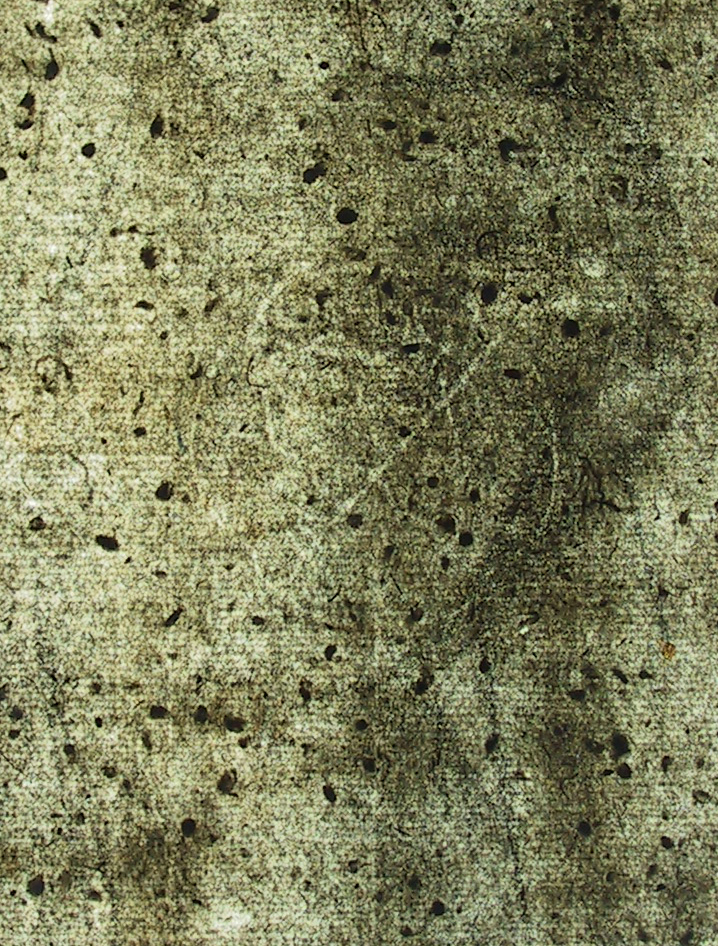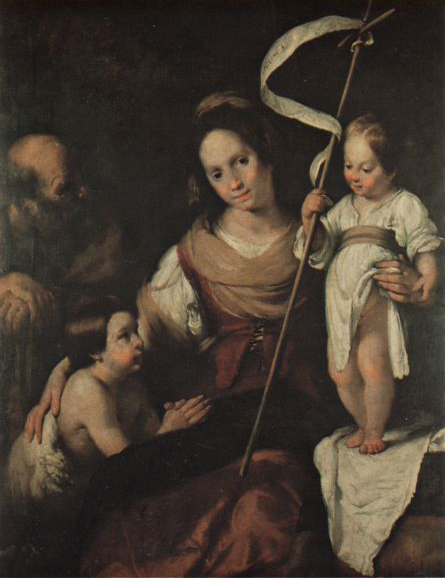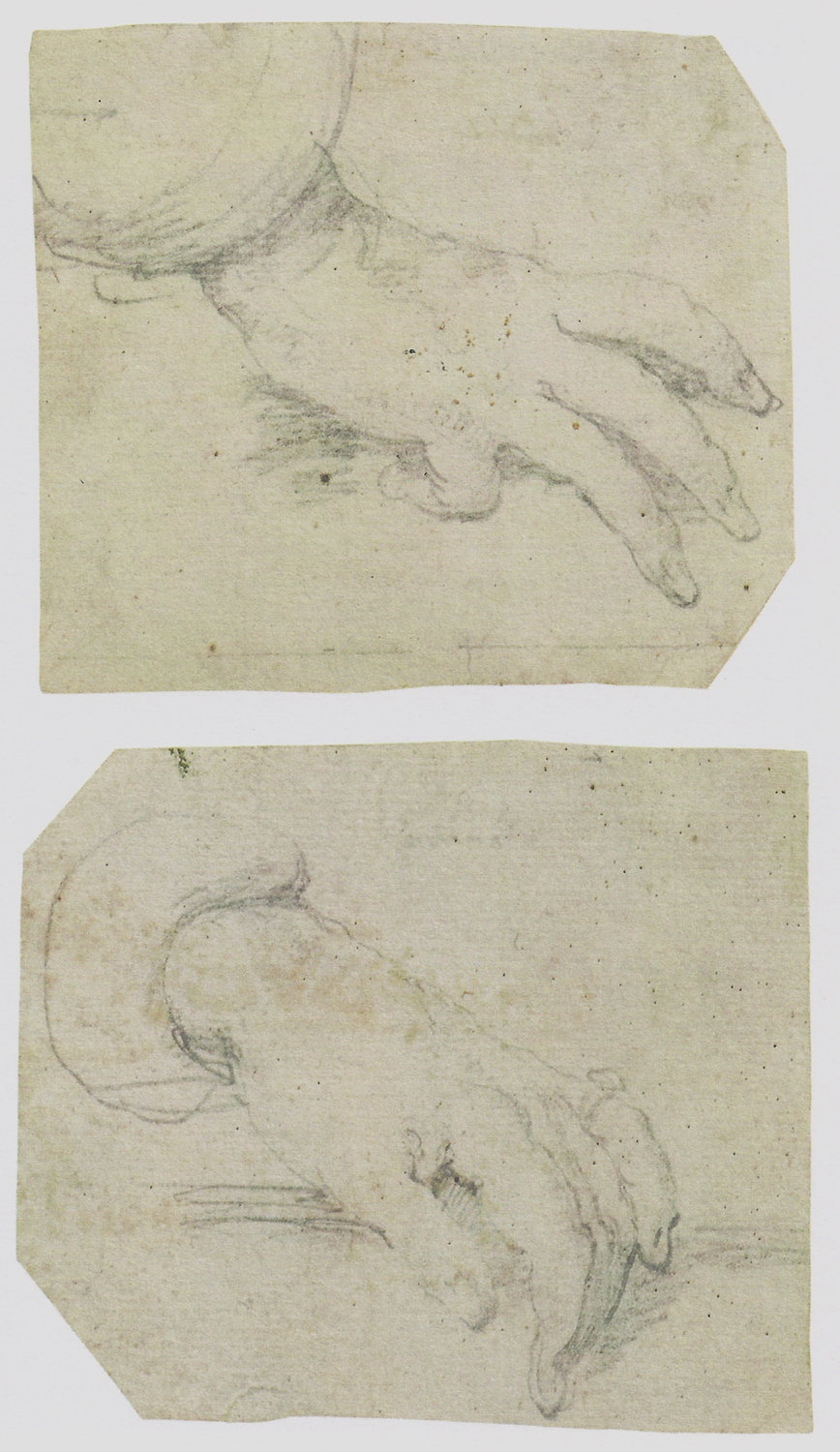BERNARDO STROZZI (Genua 1581 – 1644 Venice)
Bernardo Strozzi (Genua 1581 – 1644 Venice)
Study of a Right Hand holding a Staff (recto); study of a hand (verso)
Black and white chalk on blue-grey paper, watermark encircled device, 227 x 174 mm (8.9 x 6.9 in.)
Inscribed ‘Cotera’ (black chalk, verso) ‘P.G. No: 81’ (brown ink, verso)
Provenance
~ The 'Sagredo-Borghese' album (L. 2103a), with associated inscriptions 'P.G. No. 81' (verso):
~ Doge Nicolò Sagredo (1606-1676), Venice, by c. 1654;
~ His brother, Stefano Sagredo (1620-1685), Venice;
~ His nephew, Zaccaria Sagredo (1653-1729), Venice,
~ His wife, Cecilia Sagredo, by whom sold circa 1743;
~ Jean-Jacques de Boissieu (1736-1810);
~ thence by descent until sale, Lyon, 1919;
~ With Katrin Bellinger, Munich, 1998
~ Private Collection, Belgium
Literature
Italienische Zeichnungen / Italian Drawings, exhib. cat. Katrin Bellinger Kunsthandel, London 1988, no. 15, repr.
***
Bernardo Strozzi was one of the most influential Italian painters of the early seventeenth century, especially in Genoa and Venice. He briefly studied with a painter and antiquarian before his mother sent him to work with a Sienese painter in Genoa. Although he became a Capuchin monk and entered the monastery at San Barnabà in Genoa in 1598, he continued to paint, producing primarily devotional works. In 1610 Strozzi was given permission to leave the monastery in order to support his sick widowed mother and unmarried sister as a painter. In addition to painting in oils, he also painted frescoes, but few survive. Although he drew on the great variety of styles available in the busy cosmopolitan center of Genoa, Strozzi was perhaps most profoundly influenced by Caravaggio.
By 1630, Strozzi's mother had died and his sister had married, but he refused to return to the monastery. To elude the authorities, he moved to Venice, where he was nicknamed il prete Genovese (the Genoese priest).
Our drawing is part of a group assembled by Strozzi himself, possibly with a view to teaching students, who could thus learn and practise the art of draftsmanship using a resource put together for them. By c.1654 the group had come into possession of Nicolò Sagredo (1606-1676), who reigned from 1675 as the 105th Doge of Venice. The drawings descended in the Sagredo family, and the collection was added to by later generations, particulary by Zaccaria Sagredo (1653-1729). The inscription on the verso, which is characteristic for drawings from this so-called ‘Sagredo-Borghese’ group, stands for prete Genovese (the Genoese priest). A group of twelve drawings by Strozzi sharing the same provenance was acquired by the Louvre in 1981.1 The album also included drawings by Vittore Carpaccio, Veronese, Palma Giovane, and Taddeo Zuccaro, which were affixed to the album’s pages by distinctive paper hinges.
Few drawings by Strozzi can be connected with painted works by the artist.2 The present sheet can however be linked to Strozzi’s Holy Family with St John in the Picacoteca at Cremona (fig.).3 Among the few other drawings by Strozzi relating to paintings are two studies of hands in the Musée des Beaux Arts, Rouen (see last image), which were executed in preparation for Strozzi’s Portrait of a Gentleman in the National Gallery of Ireland, Dublin – both these studies are highly comparable to our drawing.4 A further sheet in red chalk with studies of hands for Strozzi’s late painting of The Rape of Europa (c.1640-44; Narodwe Museum, Posen), is in the Fitzwilliam Museum, Cambridge, also from the Sagredo-Borghese album.5
SOLD
1. P. Boccardo, Bernardo Strozzi, exh. cat. Genoa (Palazzo Ducale), 1995, p.308.
2. P. Boccardo et al., Gênes triomphante et la Lombardie des Borromée, dessins des XVIIe et XVIIIe siècles, exh. cat. Ajacco (Musée Fesch) 2006-07, p. 76.
3. Luisa Mortari, Bernardo Strozzi, Rome 1966, p. 101, pl. 24.
4. Both black chalk, 80 x 86 mm and 88 x 98 mm; Boccardo et. al 2006-07 (op. cit.), no. 28, pp. 76-77, repr.
5. 261 x 191 mm; inv. no. PD.134-1992. Other sheets with studies of hands have passed through the salerooms, for instance at Christie’s, London, 6 July 1999, lot 63 and Sotheby’s, New York, 26 January 2011, lot 553.
